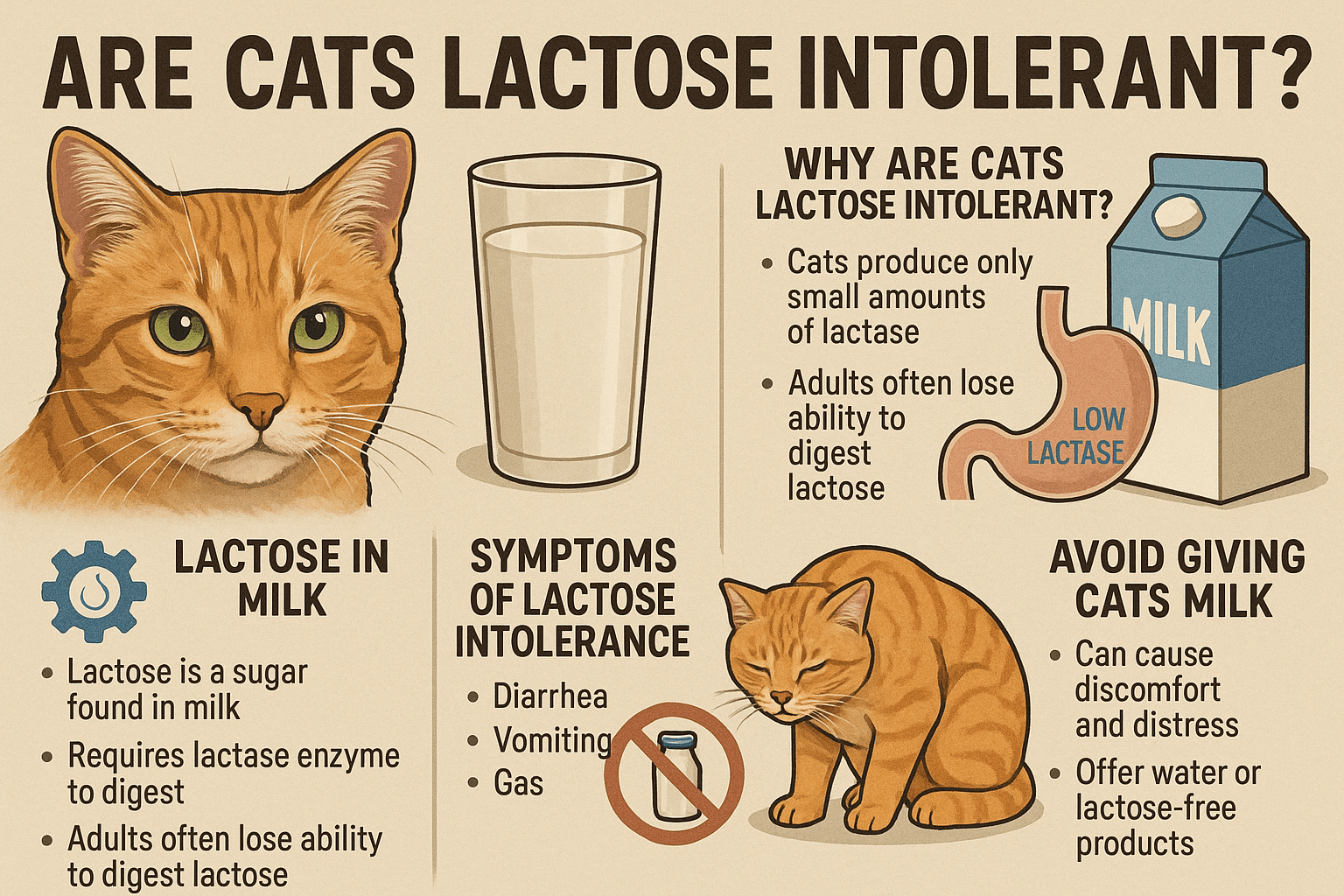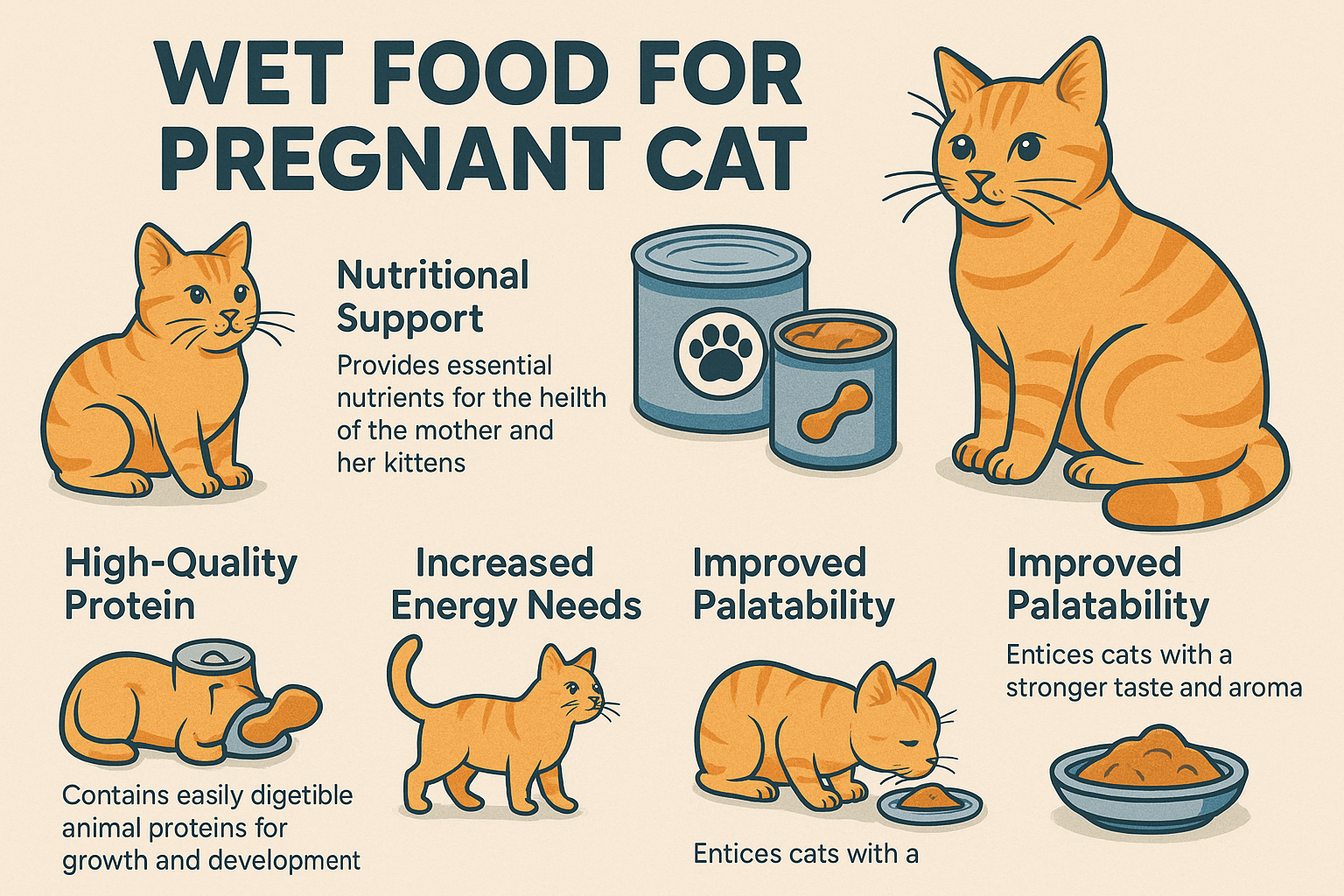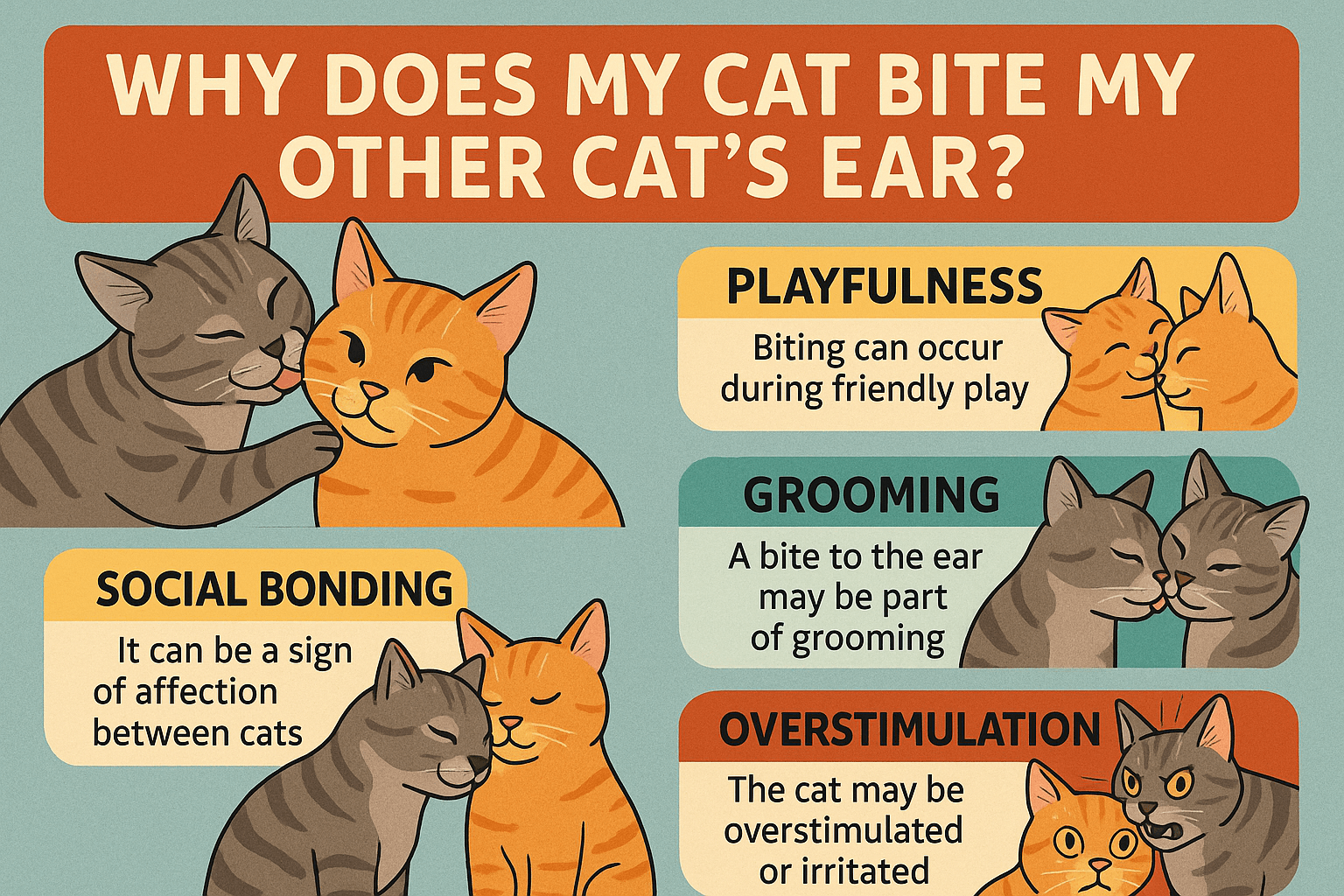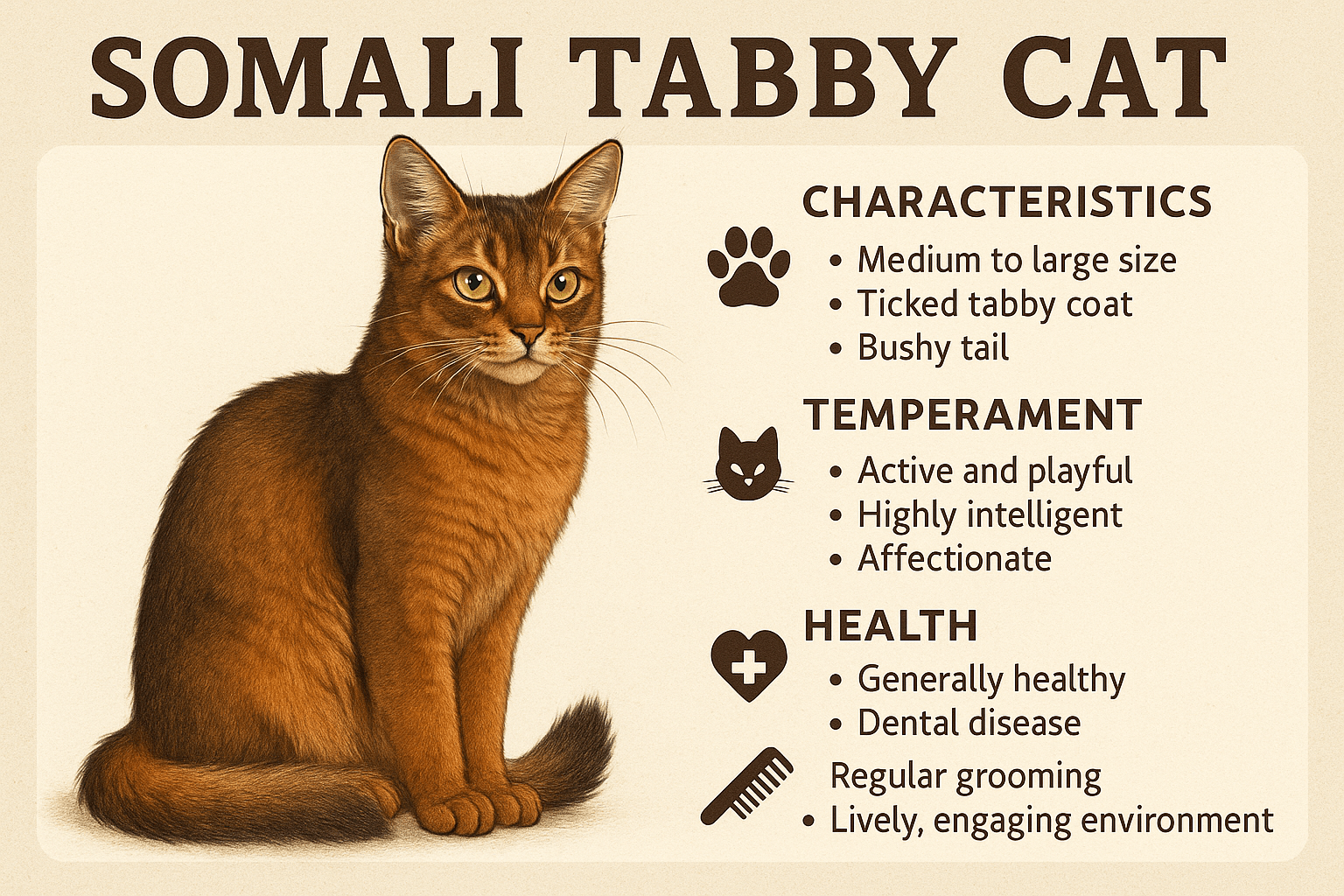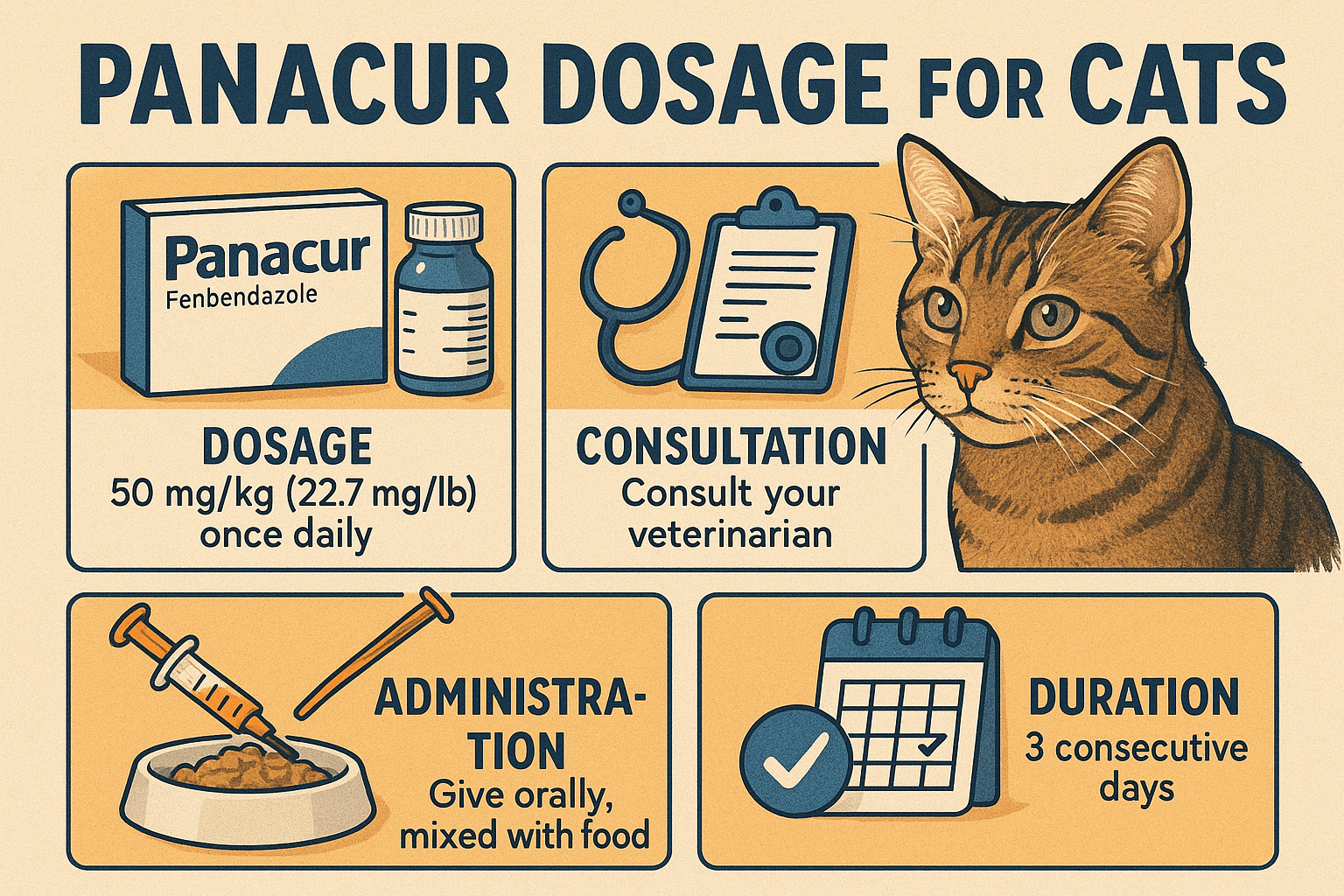Are Cats Lactose Intolerant?
The image of a cat happily lapping up a bowl of milk is iconic, often featured in cartoons and storybooks. But does this charming scene reflect reality? Many cat owners are surprised to learn that most adult cats are actually lactose intolerant. While kittens thrive on their mother’s milk, the ability to digest dairy typically diminishes as they grow older. Understanding your cat’s dietary needs and limitations is essential for keeping them healthy and happy. In this blog post, we’ll explore the science behind lactose intolerance in cats, its symptoms, and how to provide safe alternatives to satisfy their cravings without compromising their well-being.
Why Are Most Cats Lactose Intolerant?
Lactose intolerance in cats stems from their biological inability to properly digest lactose, the sugar found in milk and dairy products. Here’s why this condition is so common among our feline friends.
Decreased Lactase Production:
Kittens produce lactase, an enzyme needed to break down lactose, while nursing. However, as they transition to solid food, their lactase production decreases significantly.Natural Evolutionary Adaptation:
In the wild, cats rarely consume milk after weaning, making lactase unnecessary for survival. This evolutionary trait has carried over to domesticated cats.Genetic Factors at Play:
Some cats may have a genetic predisposition to lower lactase levels, making them more prone to lactose intolerance.Digestive System Sensitivity:
A cat’s digestive system is designed for high-protein, low-carbohydrate diets, leaving little room for processing complex sugars like lactose.Common Misconceptions About Milk:
Despite popular depictions, milk is not a natural or necessary part of a cat’s diet once they’ve been weaned.
Understanding these factors helps explain why many cats struggle to digest dairy and highlights the importance of prioritizing species-appropriate nutrition.
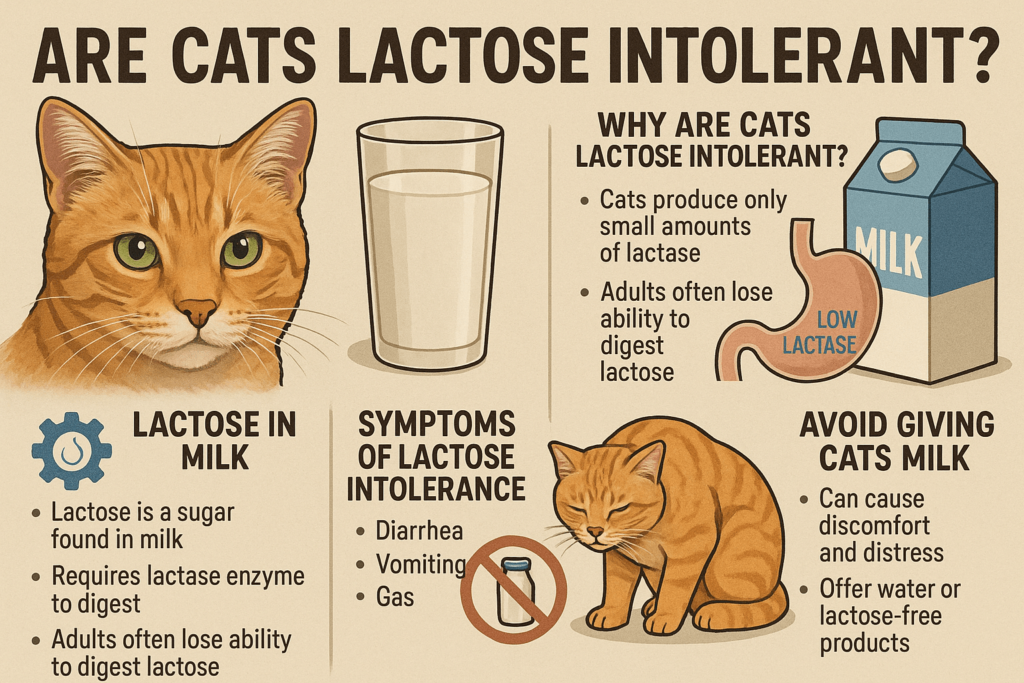
Signs Your Cat May Be Lactose Intolerant
If you suspect your cat might be lactose intolerant, look out for these telltale signs after they’ve consumed dairy products. Recognizing these symptoms early can prevent discomfort and potential health issues.
Diarrhea or Loose Stools:
One of the most common reactions to lactose consumption is gastrointestinal upset, which can lead to watery stools.Vomiting:
Cats with lactose intolerance may vomit shortly after ingesting milk or other dairy items.Excessive Gas:
Bloating and flatulence are frequent side effects of undigested lactose fermenting in the gut.Abdominal Pain or Discomfort:
Your cat may appear restless, vocalize more than usual, or show signs of discomfort due to stomach cramps.Loss of Appetite:
Feeling unwell after consuming dairy can cause your cat to avoid eating temporarily.
These symptoms indicate that your cat’s body cannot process lactose effectively, underscoring the need to eliminate dairy from their diet.
Check this guide 👉Can Cats Drink Lactose-Free Milk? Best 7 Health Tips!
Check this guide 👉Can Cats Have Oat Milk? Best 7 Expert Tips!
Check this guide 👉Can Cats Eat Goat Milk? Best 7 Expert Tips!
Safe Alternatives to Dairy | Foods to Avoid Giving Cats |
|---|---|
Lactose-free milk | Cow’s milk |
Plain, unsweetened yogurt (in moderation) | Cheese |
Fresh water | Ice cream |
High-quality wet cat food | Whipped cream |
Meat-based broths (no salt or spices) | Butter or heavy cream |
How to Safely Introduce Dairy-Free Treats
If you’re looking to spoil your cat without risking their health, there are plenty of safe and enjoyable alternatives to dairy-based treats. Follow these tips to ensure your cat stays happy and healthy.
Offer Lactose-Free Options:
Lactose-free milk is specially formulated for pets and can be given in small amounts as an occasional treat.Try Freeze-Dried Meat Snacks:
Cats love protein-rich snacks like freeze-dried chicken or turkey, which align perfectly with their dietary needs.Use Cat-Specific Creams:
Some pet stores sell cat-safe “cream” treats made without lactose, offering a guilt-free indulgence.Experiment with Fruits (Carefully):
Certain fruits, such as blueberries or watermelon (seedless), can serve as tasty, hydrating snacks in moderation.Stick to High-Quality Commercial Treats:
Choose treats specifically designed for cats, ensuring they meet nutritional standards without unnecessary additives.
By swapping dairy for these safer options, you can pamper your cat without worrying about digestive distress.
Tips for Transitioning Away From Dairy
If your cat has developed a taste for dairy, transitioning them to healthier options requires patience and creativity. These strategies can help ease the shift.
Gradual Reduction of Dairy:
Slowly decrease the amount of dairy you offer over time, replacing it with safer alternatives to avoid sudden changes.Introduce New Flavors Gradually:
Mix new treats with familiar flavors to encourage acceptance without overwhelming your cat’s palate.Monitor for Positive Reactions:
Pay attention to how your cat responds to new foods, ensuring they enjoy them and don’t experience adverse effects.Reward Non-Dairy Choices:
Use praise, playtime, or additional treats to reinforce positive behavior when your cat accepts non-dairy options.Consult Your Veterinarian:
If you’re unsure about suitable replacements or portion sizes, seek professional advice tailored to your cat’s specific needs.
With consistent effort, your cat will adapt to their new diet and thrive without dairy.
Common Myths About Cats and Milk
There are several misconceptions about cats and milk that persist despite evidence to the contrary. Debunking these myths promotes better-informed pet ownership.
Myth: All Cats Love Milk:
While some cats may enjoy the taste, many will suffer digestive upset after consuming it.Myth: Milk Is Nutritious for Cats:
Unlike kitten formula, cow’s milk offers no significant nutritional value for adult cats.Myth: A Little Milk Won’t Hurt:
Even small amounts can cause diarrhea or vomiting in lactose-intolerant cats.Myth: Cats Need Milk for Hydration:
Water is the best source of hydration for cats, not milk.Myth: Only Adult Cats Are Lactose Intolerant:
Some kittens lose their ability to digest lactose sooner than others, depending on individual biology.
Separating fact from fiction ensures your cat receives the care they truly need.
The Role of Diet in Feline Health
A balanced diet plays a vital role in maintaining your cat’s overall health and longevity. Understanding their dietary requirements helps prevent illness and supports vitality.
Protein-Rich Diets Are Essential:
Cats are obligate carnivores, meaning their bodies rely heavily on animal-based proteins for energy and muscle maintenance.Avoid Human Foods Whenever Possible:
Many human foods, including dairy, contain ingredients that are toxic or difficult for cats to digest.Hydration Is Key:
Encourage regular water intake to prevent urinary tract problems and kidney issues.Portion Control Prevents Obesity:
Overfeeding, even with healthy foods, can lead to weight gain and related complications.Supplements Should Be Vet-Approved:
Never give supplements or vitamins without consulting your veterinarian to avoid potential harm.
Providing a species-appropriate diet lays the foundation for a long, healthy life.
Fun Ways to Keep Your Cat Entertained Without Dairy
Dairy isn’t the only way to bond with or reward your cat. These engaging activities and treats keep your feline entertained and satisfied.
Interactive Toys Stimulate Hunting Instincts:
Feather wands, laser pointers, and puzzle feeders tap into your cat’s natural hunting behaviors.DIY Treat Balls Provide Mental Enrichment:
Fill treat-dispensing toys with kibble or safe snacks to challenge your cat’s problem-solving skills.Cat Grass Offers Safe Chewing:
Growing cat grass indoors gives your cat something green and fibrous to nibble on safely.Scratching Posts Double as Stress Relievers:
Providing designated scratching areas keeps your furniture intact and satisfies your cat’s instinctual urges.Quality Time Strengthens Your Bond:
Simply spending time playing, grooming, or cuddling with your cat reinforces trust and affection.
These activities create a fulfilling environment where dairy isn’t missed.
Frequently Asked Questions About Cats and Dairy
Can kittens drink cow’s milk?
No, cow’s milk lacks the nutrients kittens need and can upset their sensitive stomachs. Stick to kitten formula if bottle-feeding.
What happens if my cat drinks milk occasionally?
An occasional sip may not harm some cats, but it could still lead to digestive issues, especially in lactose-intolerant individuals.
Is all yogurt bad for cats?
Plain, unsweetened yogurt in very small amounts may be tolerated by some cats, but it’s best avoided altogether.
Can I give my cat plant-based milk substitutes?
Some plant-based milks, like almond or soy milk, contain ingredients that aren’t safe for cats. Always check with your vet first.
How can I tell if my cat enjoys a new treat?
Look for signs of enthusiasm, such as purring, rubbing against you, or eagerly finishing their snack.
Prioritizing Your Cat’s Health Over Dairy Temptations
While the idea of sharing a saucer of milk with your cat may seem endearing, it’s crucial to prioritize their health over outdated traditions. Most adult cats are lactose intolerant, and even small amounts of dairy can disrupt their delicate digestive systems. By understanding the reasons behind this condition and exploring safe alternatives, you can ensure your cat remains nourished and content. Remember, a happy cat doesn’t need dairy—just love, care, and a balanced diet tailored to their unique needs.
Wet Food for Pregnant Cats: Best 7 Expert Tips! Discover essential advice on feeding wet food to pregnant cats, ensuring proper nutrition for mom and kittens. Learn what to look for and how to care!
Why Does My Cat Bite My Other Cats Ear? Best 7 Expert Tips! Discover reasons behind this behavior, how to interpret it, and expert advice to ensure harmony in your multi-cat household.
Somali Tabby Cat: Best 7 Expert Tips! Discover expert advice on caring for a Somali tabby cat, from grooming and health to personality and fun facts. Perfect for cat lovers!
Panacur Dosage for Cats: Best 7 Expert Tips! Discover safe and effective dosage guidelines, administration tips, and expert advice to keep your cat healthy and parasite-free with Panacur.

